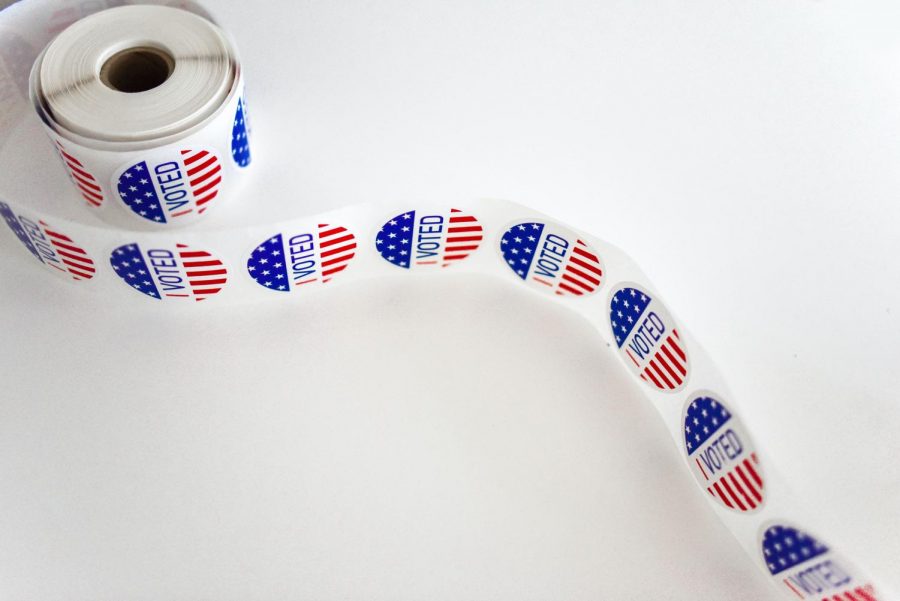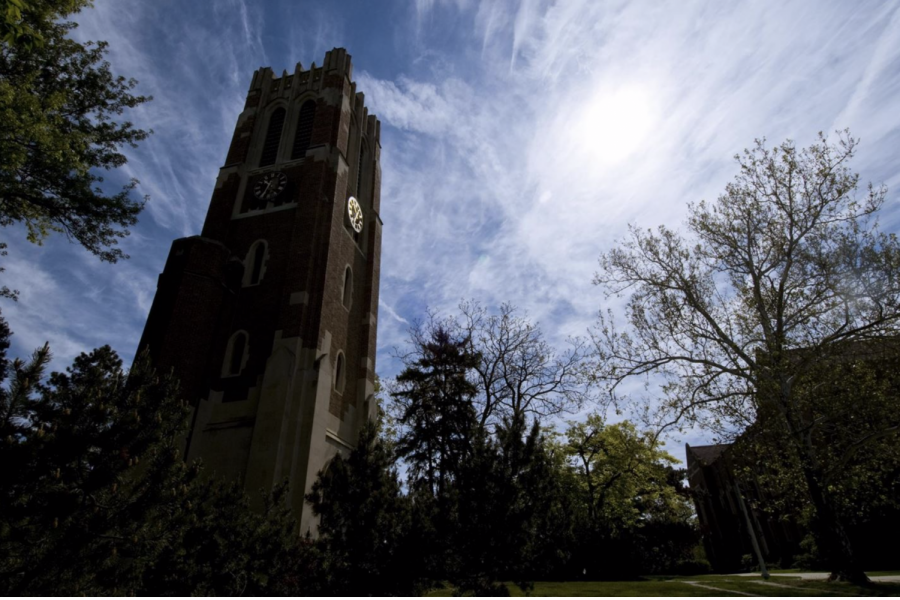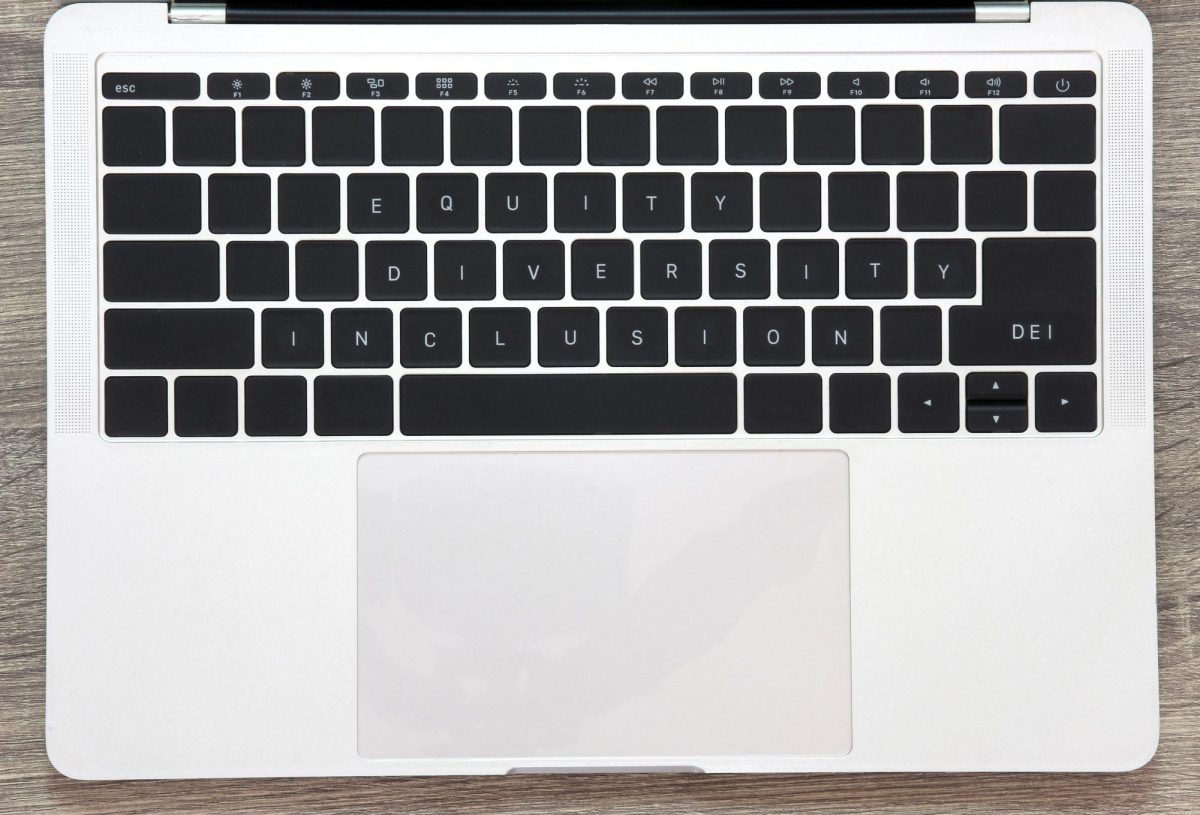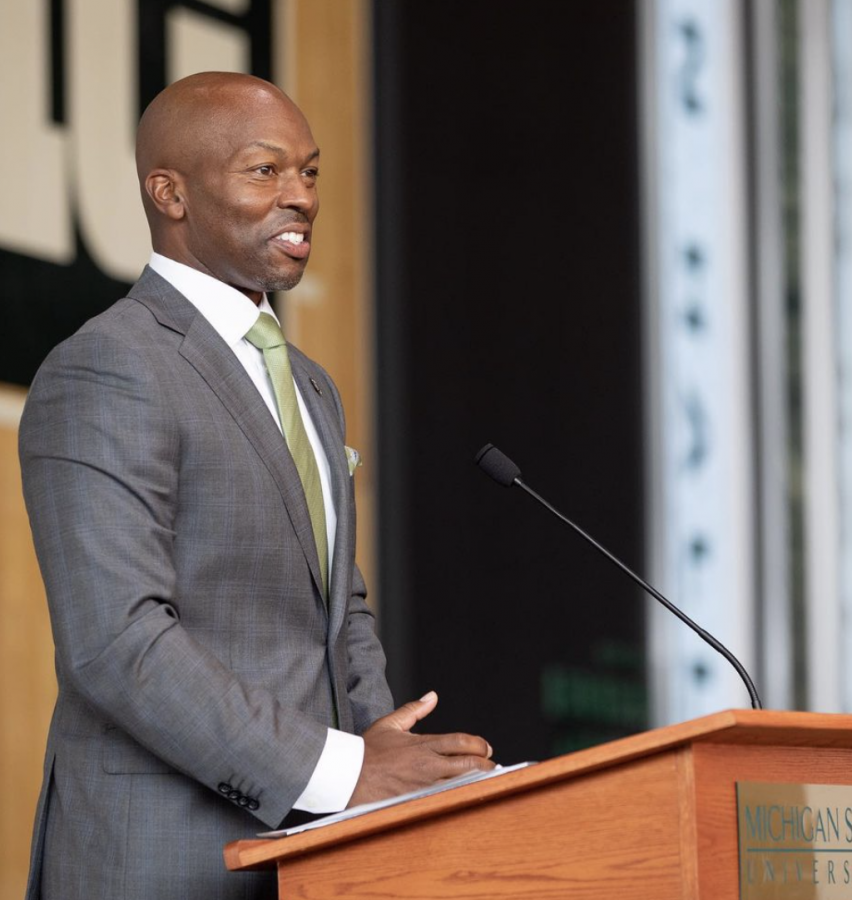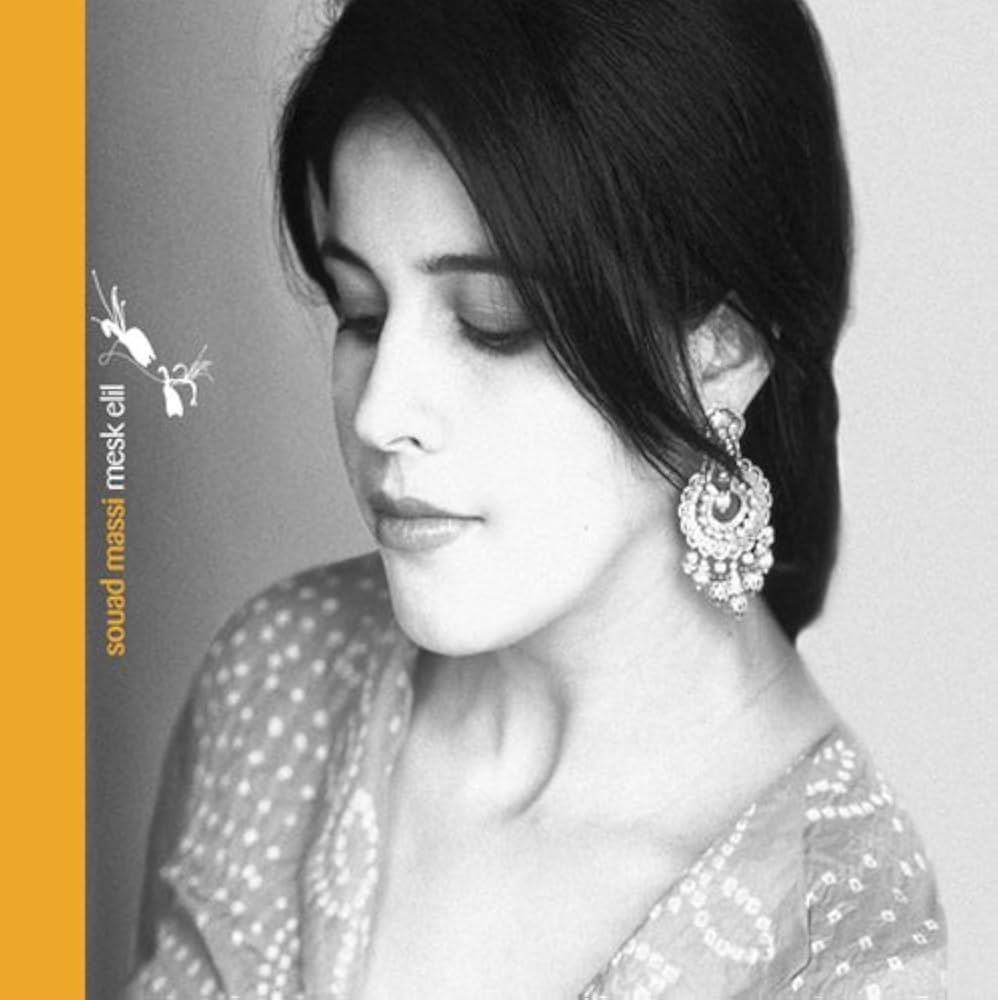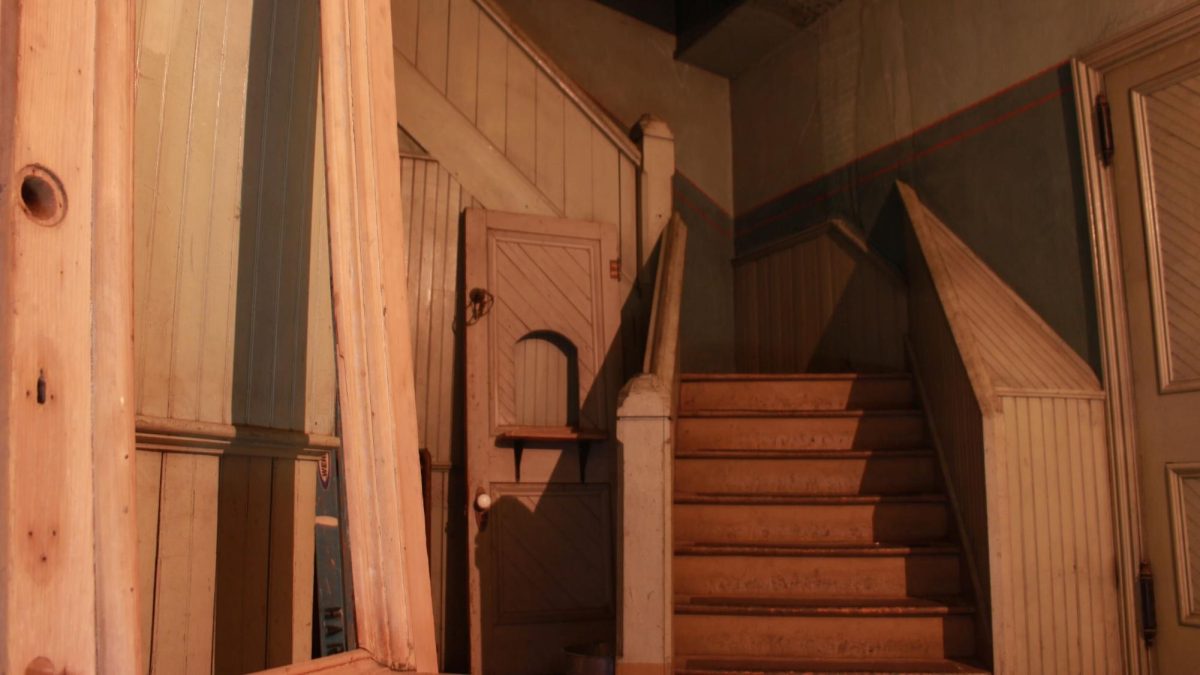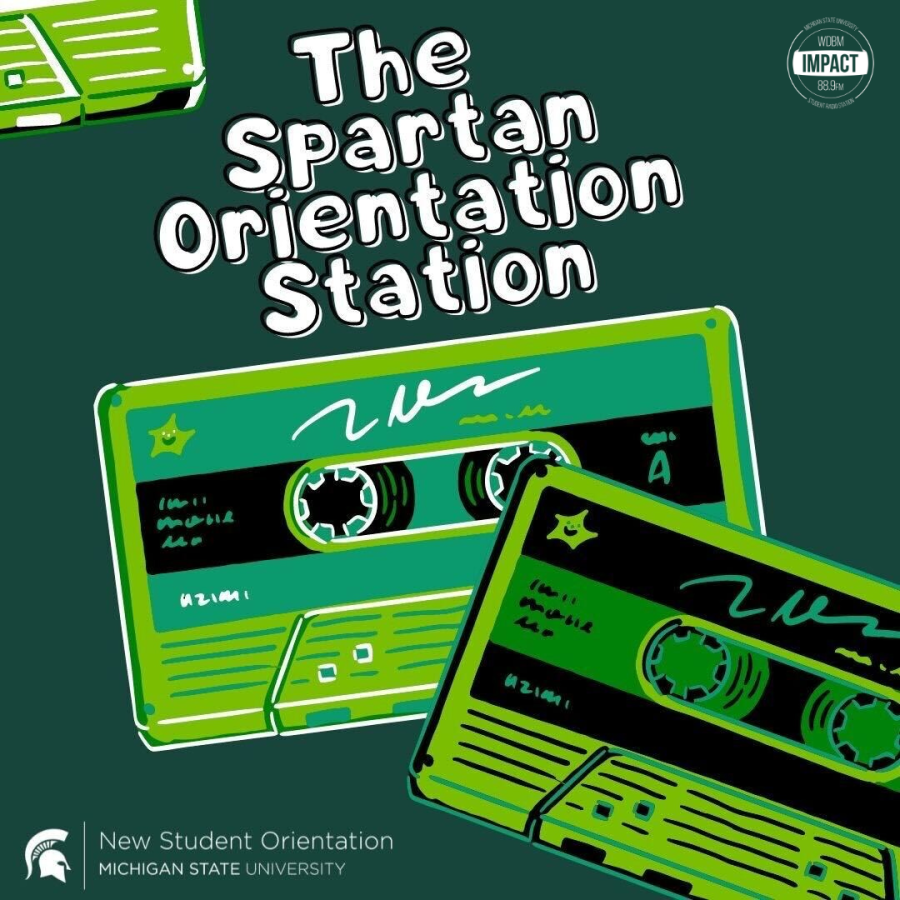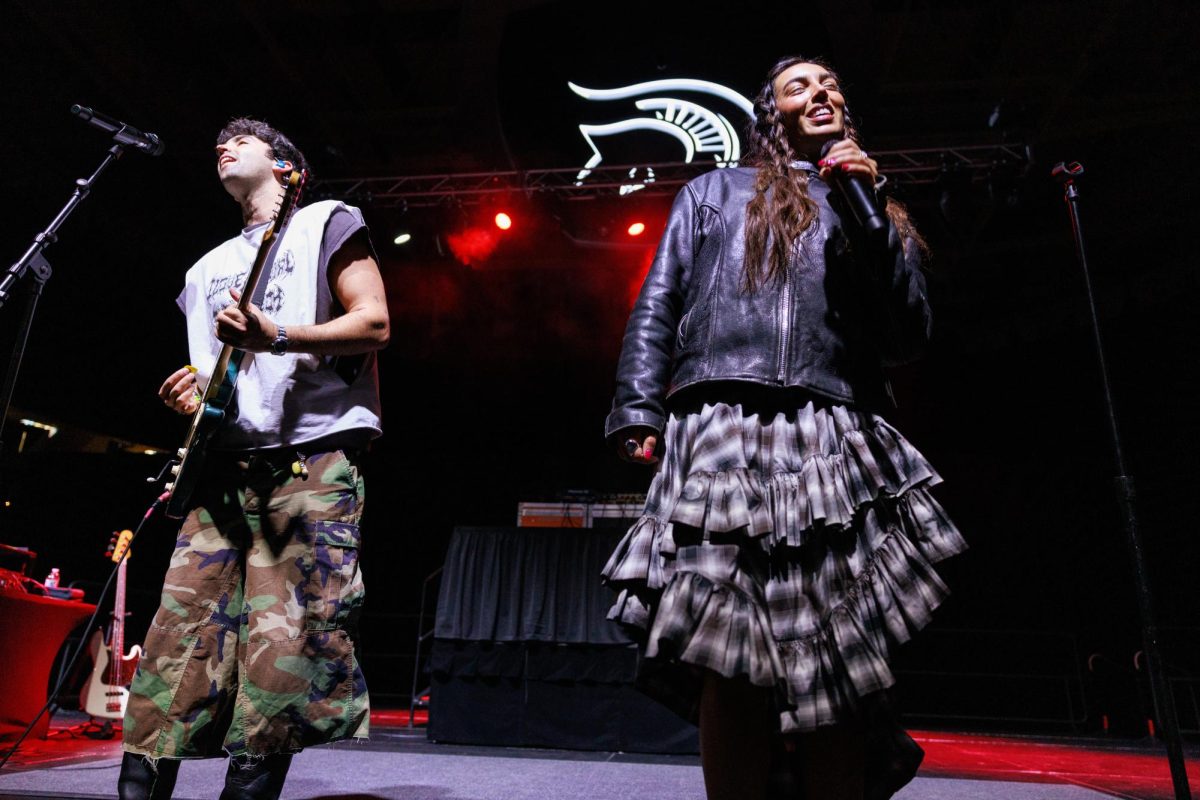Column: Vote-by-mail has room to grow
June 15, 2020
Voting is the staple of a democratic government, and here in the United States, it seems nothing is valued more by politicians than the voter. The current pandemic raging across the world leaves many to take note of our voting system and how it may change.
Despite the numerous precautions due to COVID-19, recent Michigan elections have shown increased turnout.
Following the May 5 election, a statement from Secretary of State Jocelyn Benson was released that spoke to record-breaking voter turnout.
The unprecedented turnout stems from the new focus on mail-in voting. About 25% of eligible voters participated in the election. Of those who voted, 99% turned in absentee ballots, according to the statement.
Michigan’s May election was not the first, but simply the most recent example that the flexibility of voting by mail allows a greater amount of people to be heard.
Educating the public on how best to safely vote during the COVID-19 pandemic is a critical first step when accommodating those performing their civic duty.
The U.S. should make voting by mail more accessible to remove barriers historically and recently seen in low-income areas and make the choice to vote more appealing to those who do not have time to vote at the polls.
FairVote, a nonpartisan organization dedicated to logging past and present voter practices, has been especially interested in these new findings.
FairVote also promotes legislation like the recently introduced Fair Representation Act against gerrymandering and partisan redistricting.
But even with lots of support, questions arise on both the security and the learning curve of this relatively new method of voting. Early ballots must be sent out with simple instructions and the election must be monitored the same as normal to guarantee voter security.
The vote-by-mail method may turn out to be easier than conventional voting if handled correctly. However, if the process gets bogged down with bureaucratic and time-consuming directives, it could turn many away from casting their ballots.
This method may be the best way to attract new voters, as well as retain older ones. While it’s not necessarily business as usual in the voting booth, it may turn out to be business as it should be.



